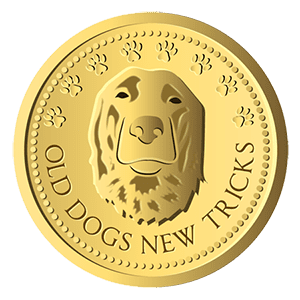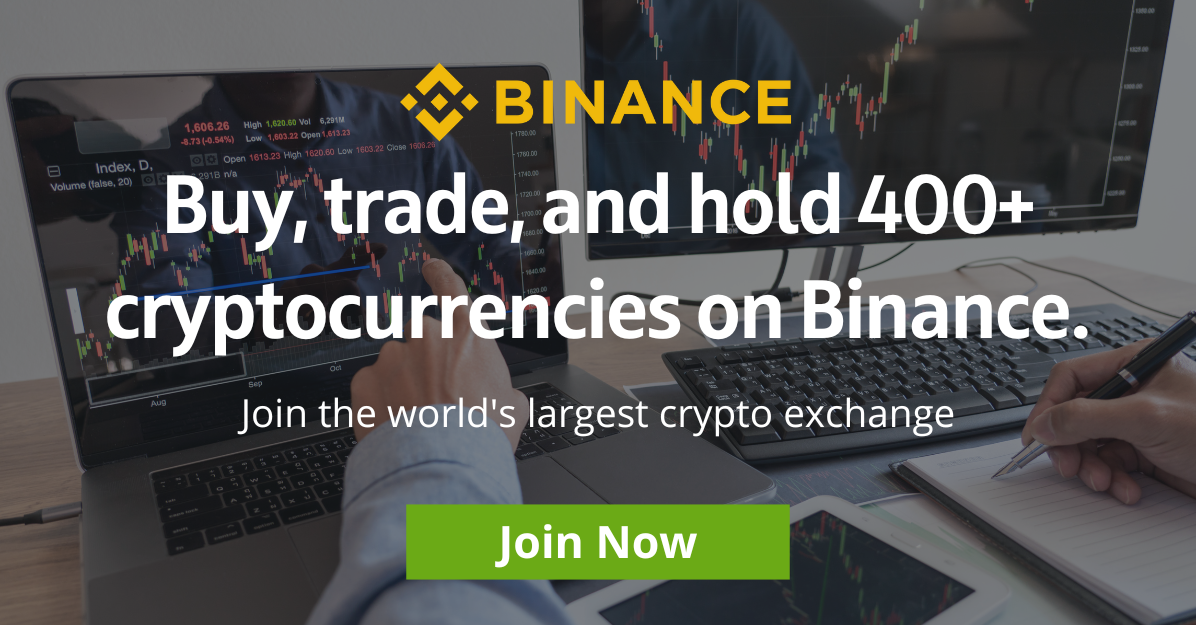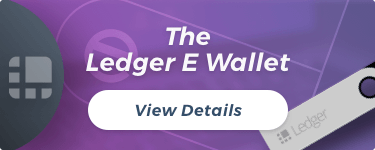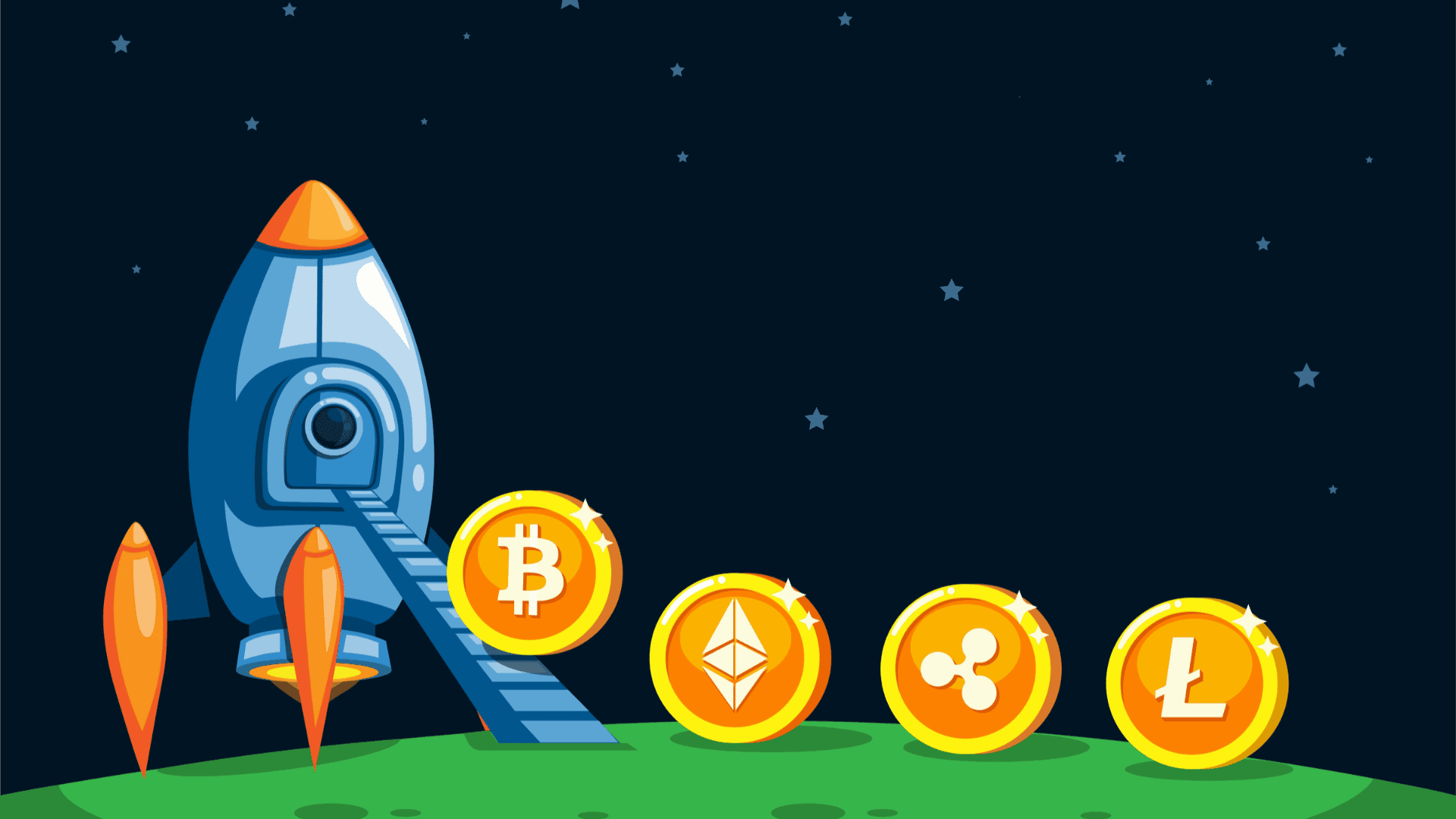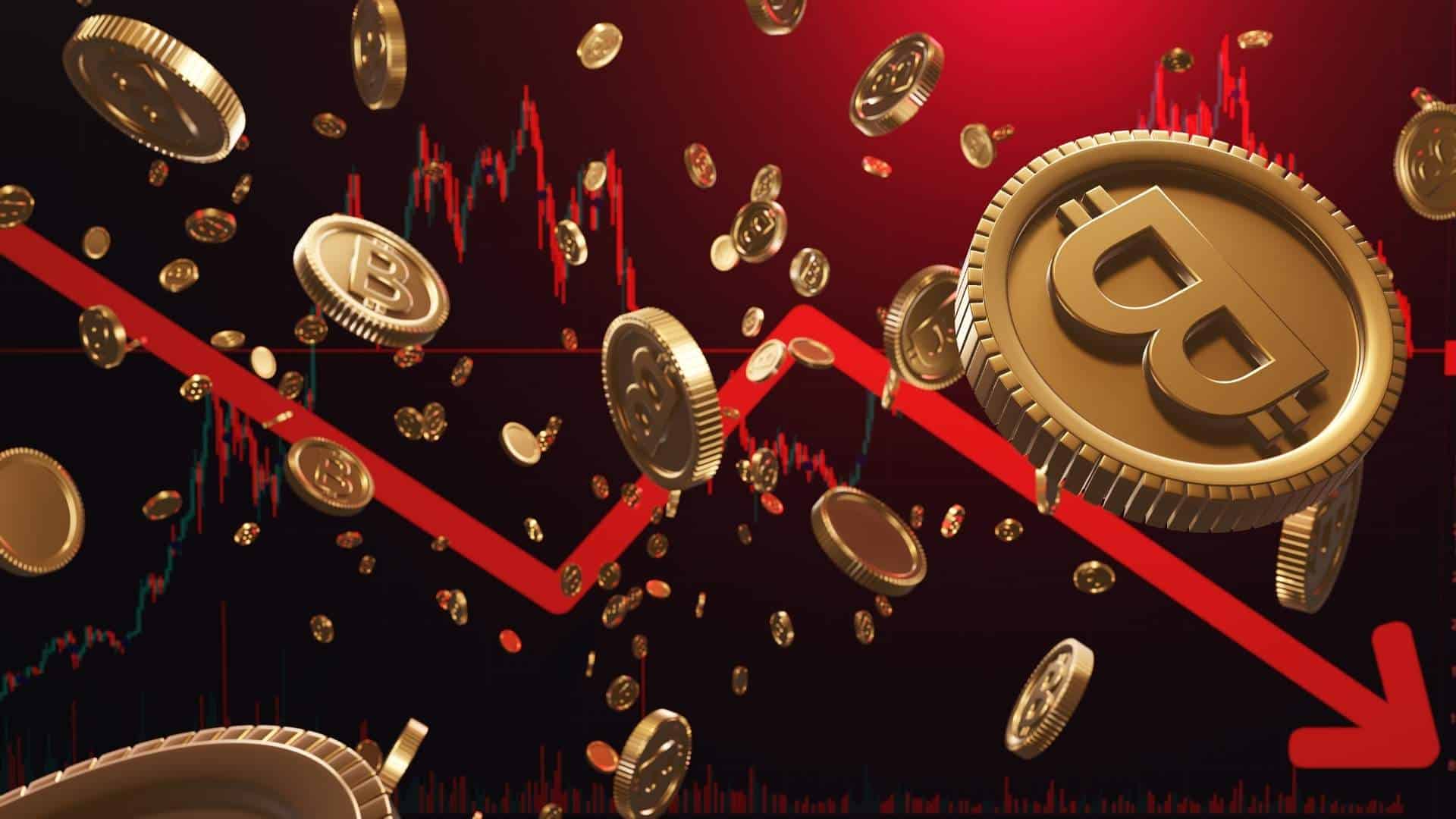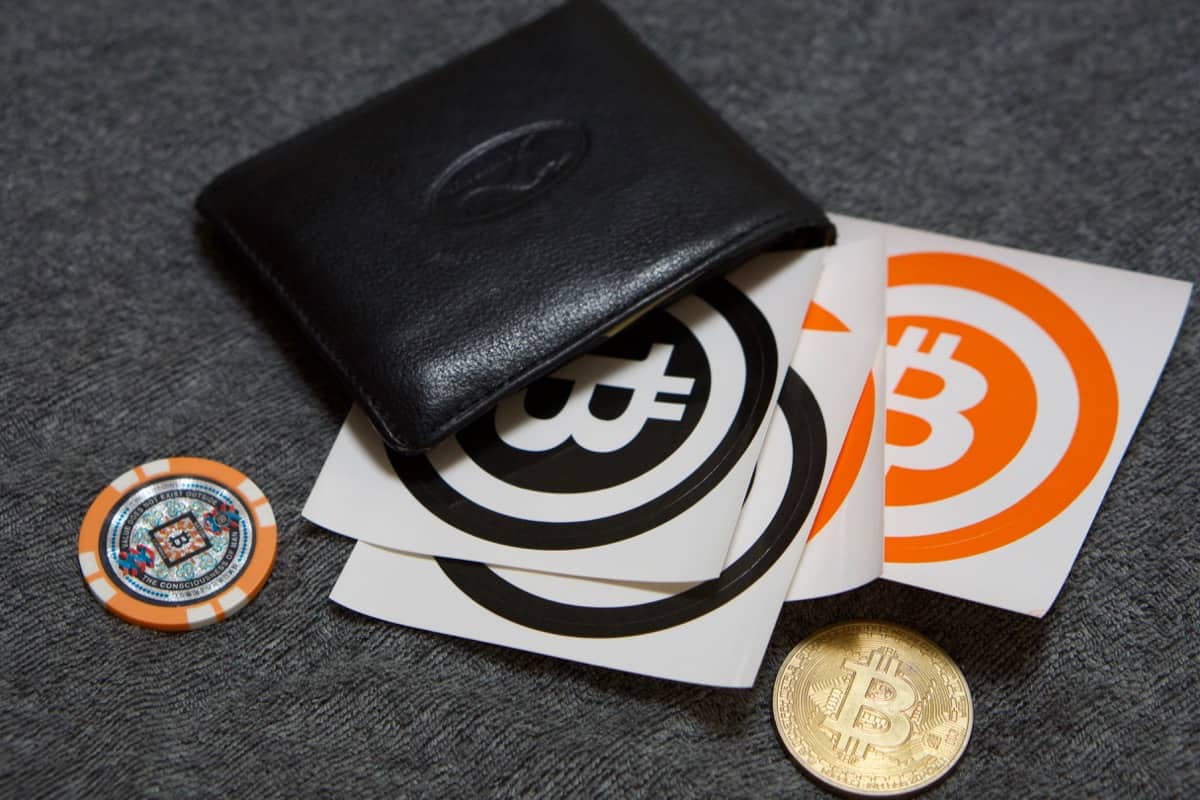
Polygon (MATIC)
| Market Cap | Volume | Last Trade |
|---|---|---|
Polygon Details
| Built On | Launch Date | Proof Type | Max Supply | Circulating Supply | Website |
|---|---|---|---|---|---|
| 0 | 0 | NO | Platform | Block Reward | Block Time | Block Number | Net Hashes Per Sec | Polygon |
| 0 | 0 | Trade |
Polygon (MATIC) price today is $0.0000000 USD. Trading volume was 0.00 MATIC in the last 24 hours. Current market cap of Polygon is $0 USD. Polygon has a circulating supply of 0 MATIC coins out of a maximum supply of 0 MATIC coins.
An In-Depth Look at Polygon (MATIC)
What is Polygon (MATIC) and how does it work?
Overview
Polygon, formerly known as Matic Network, is a Layer-2 scaling solution backed by Binance and Coinbase. The project seeks to stimulate mass adoption of cryptocurrencies by resolving the problems of scalability on many blockchains. Polygon combines the Plasma Framework and the proof-of-stake blockchain architecture. The Plasma framework used by Polygon as proposed by the co-founder of Ethereum, Vitalik Buterin, allows for the easy execution of scalable and autonomous smart contracts.
Polygon (MATIC) is a well-structured, easy-to-use platform for Ethereum scaling and infrastructure development. Its core component is Polygon SDK, a modular, flexible framework that supports building and connecting secured chains like Plasma, Optimistic Rollups, zkRollups, Validium etc and standalone chains like Polkadot, Avalanche etc.
Technical Aspects
Polygon transforms Ethereum into a multi-chain system with secured Layer 2 chains and standalone chains. This multi-chain system is akin to other ones such as Polkadot, Cosmos, Avalanche etc, but with at least three major upsides:
- It is able to fully benefit from Ethereum's network effects.
- It is inherently more secure.
- It is more open and powerful.
Polygon is a layer 2 scaling solution which means that the project doesn’t seek to upgrade its current basic blockchain layer anytime soon. The network also introduced a novel feature known as 'Polygon SDK'. Polygon SDK is a flexible modular framework that can build multiple types of applications.
Using the Polygon network, one can create optimistic rollup chains, ZK rollup chains, stand alone chains or any other kind of infra required by the developer.
Polygon effectively transforms Ethereum into a full-fledged multi-chain system, aka Internet of Blockchains.
Team
The team behind Polygon includes experienced blockchain developers and business consultants. The three co-founders are Jaynti Kanani, Sandeep Nailwal and Anurag Arjun, all of whom have a strong background in software engineering. Kanani, a full-stack developer and blockchain engineer, has served as the CEO since the project's inception.
The project launched on 2019-04-28 00:00:00. It has secured backing from major venture capital firms like Coinbase Ventures, and is partnered with projects and companies such as Infosys and Flipkart.
Polygon has also gained attention in the blockchain community for its collaborations with other projects. It has teamed up with Decentraland, a blockchain-based virtual reality platform, to provide scaling solutions for its VR world, and is also working with Chainlink to create a more efficient and cost-effective oracle mechanism for smart contracts on the Polygon network.
In conclusion, Polygon is a promising solution to many of the issues faced by the Ethereum network and other blockchain platforms. Through its innovative use of existing technologies, it has the potential to facilitate the mass adoption of blockchain technology.
How Does Polygon (MATIC) Make Money?
Polygon, formerly known as Matic Network, has devised a unique strategy to generate revenue, which has allowed it to grow significantly in the cryptocurrency space. Here's an insight into their revenue generation methods.
Transaction Fees
One of the primary ways Polygon makes money is through transaction fees. Like other blockchain platforms, Polygon charges a small fee for every transaction processed on its network. This fee, although minimal, adds up with the increase in the number of transactions, forming a substantial revenue stream for Polygon.
Staking Rewards
Polygon also generates revenue through staking rewards. In this process, users hold their MATIC tokens in the network for a certain period. In return, they receive rewards, a fraction of which is retained by Polygon. This not only provides an income stream for the platform but also encourages users to remain involved with the network, thereby contributing to its growth and stability.
Partnerships and Integrations
Polygon has partnered with several significant players in the blockchain industry, such as Infosys, which has led to the growth of its network. These strategic partnerships often generate revenue, either directly or indirectly. For instance, they can lead to an increase in the number of transactions, which would indirectly increase the transaction fees collected.
How Can I Make Money with Polygon?
Investing in cryptocurrencies like Polygon can potentially produce substantial returns, given the right strategies and understanding of the market. Here are a few ways you could make money with Polygon.
Buying and Holding
One of the most common ways to make money with any cryptocurrency, including Polygon, is by buying and holding. This long-term investment strategy involves purchasing MATIC tokens and holding onto them for a while, hoping that their value will increase over time. If the value does indeed rise, you can sell your tokens at a higher price than you bought them, making a profit.
Staking
As mentioned earlier, Polygon uses a proof-of-stake consensus algorithm, which allows MATIC token holders to stake their tokens on the network. In return for staking their tokens, users receive staking rewards. This provides a regular income stream and can be a profitable way to make money with Polygon, especially for those who hold a significant number of tokens.
Trading
Trading involves buying and selling MATIC tokens based on market trends. This strategy can be highly profitable if done correctly, but it requires a good understanding of the cryptocurrency market. Several trading strategies, such as day trading or swing trading, can be employed to make profits.
Participating in the Polygon Ecosystem
Polygon has a thriving ecosystem, and participating in it can provide various opportunities to make money. For instance, you could develop decentralized applications (dApps) on the Polygon network and earn fees. You could also provide liquidity in Polygon's decentralized exchanges and earn fees in return.
In conclusion, Polygon offers multiple avenues for users and investors to earn money. However, as with any investment, it's crucial to do thorough research and understand the risks involved. Cryptocurrencies are volatile, and while they can provide high returns, they can also lead to significant losses. It's always wise to invest only what you can afford to lose and seek professional advice if necessary.
How Can I Buy Polygon (MATIC)?
Buying Polygon (MATIC) is a fairly straightforward process that can be achieved by following a few simple steps.
Create an Account on Binance
To start investing in Polygon, you first need to create an account on a cryptocurrency exchange that supports MATIC trades. A popular choice among investors is Binance, a platform known for its wide variety of cryptocurrencies and advanced trading features.
Verify Your Account
After signing up on Binance, you'll need to verify your account. This process typically involves providing some personal information and proof of identity, such as a scan of your passport or driver’s license. Verification helps ensure the security of your account and the integrity of the exchange.
Secure Your Account
Once your account has been verified, take a moment to secure it. This can be achieved by setting up two-factor authentication (2FA). This feature adds an extra layer of security by requiring you to provide a second form of identification, usually a code sent to your mobile device, each time you log in or make a transaction.
Deposit Fiat or Cryptocurrency
The next step is to deposit funds into your account. Binance supports both fiat currency (like USD, EUR, etc.) and cryptocurrency deposits. If you're using a cryptocurrency, make sure it's one that Binance supports.
Buy Polygon (MATIC)
Now you're ready to buy Polygon (MATIC). On Binance, navigate to the Markets page, search for MATIC, and select the pair you want to trade (for example, MATIC/USD if you're using US dollars). Enter the amount you want to purchase and click "Buy MATIC". Remember, it’s always a good idea to start with a small investment until you get the hang of the process.
Store Your MATIC in a Secure Wallet
Finally, for the sake of security, it's recommended that you store your MATIC in a secure wallet rather than keeping it on the exchange. There are several good wallets available that support MATIC, which we'll discuss more in the next section.
For a more comprehensive guide on how to buy MATIC, consider visiting this detailed guide.
What Are the Best Wallets for MATIC?
Once you've bought your MATIC tokens, you'll need a place to store them. Here are some of the best wallets for MATIC:
-
MetaMask: This is a browser-based wallet that allows you to interact with decentralized applications (DApps) directly from your browser. It also supports a wide range of cryptocurrencies, including MATIC.
-
Trust Wallet: An open-source, decentralized wallet that supports a wide array of cryptocurrencies, including MATIC. Trust Wallet provides a secure environment for your tokens while also offering a built-in Web3 browser for interacting with DApps.
-
SafePal: This is a hardware wallet, meaning it stores your MATIC offline, providing an extra layer of security. SafePal supports over 10,000 cryptocurrencies, including MATIC, and it's easy to use.
-
MyEtherWallet (MEW): MEW is a free, open-source, client-side interface for creating and using Ethereum wallets. It supports all Ethereum-based tokens, including MATIC.
Remember, the security of your wallet is paramount. Always keep your private keys private and consider using hardware wallets or wallets that offer extra security features for the best protection.
How Can I Find More Polygon (MATIC) News?
Keeping up-to-date with the latest developments in the cryptocurrency world is crucial for investors and enthusiasts alike. For those interested in Polygon (MATIC), there are several reliable sources to find the most recent news and updates.
Polygon Website
The official Polygon website is an excellent resource for the most reliable and up-to-date information about the platform. It provides a comprehensive overview of Polygon's technology, its vision, and its roadmap. The website also includes a blog with regular updates and articles on various topics related to Polygon and its ecosystem.
Polygon Whitepaper
For a more technical understanding of Polygon (MATIC), the whitepaper is a must-read. It offers an in-depth look at the underlying technology, the problems it aims to solve, and how it plans to achieve its goals. Reading the whitepaper can provide a solid understanding of Polygon's potential and its value proposition in the blockchain space.
Polygon Twitter
Twitter is a great platform for real-time updates and news about Polygon (MATIC). The project's official Twitter account shares regular updates, news announcements, and interacts with the community. Following their Twitter account can provide immediate access to the latest developments and discussions about Polygon.
Polygon Reddit
The Polygon subreddit is a community-driven platform where users can discuss, share news, and ask questions about Polygon. It's a great place to engage with other community members, get diverse perspectives, and stay informed about the latest happenings in the Polygon ecosystem.
Coins Similar To Polygon (MATIC)
While Polygon has made a name for itself in the blockchain industry, there are several other projects that also aim to solve similar problems. Here are a few notable ones:
Celer Network
Celer Network is a layer-2 scaling platform that enables fast, easy, and secure transactions both on and off-chain. Like Polygon, Celer Network is designed to bring scalability to blockchain and improve its usability. For more detailed information about Celer Network, feel free to visit the provided link.
Cartesi
Cartesi is a decentralized and scalable Linux infrastructure that allows developers to build scalable DApps. By solving the problems of computational scalability and development infrastructure for the decentralized web, Cartesi is comparable to Polygon in its mission. Visit the link for more insights about Cartesi.
OMG Network
OMG Network, formerly known as OmiseGo, is a non-custodial, layer-2 scaling solution for Ethereum. Its goal is to make transactions cheaper and faster, similar to Polygon. Please follow the link to learn more about the OMG Network and its achievements.
Syscoin
Syscoin is a blockchain protocol with core features that enable you to build fast, secure, low-cost applications with ease. It shares Polygon's vision of making blockchain technology more accessible and efficient. To find out more about Syscoin, check out the link provided above.
Polygon Markets
| Rank | Exchange | Country | Coin Types | Fees | Trade |
|---|---|---|---|---|---|
| 1 |
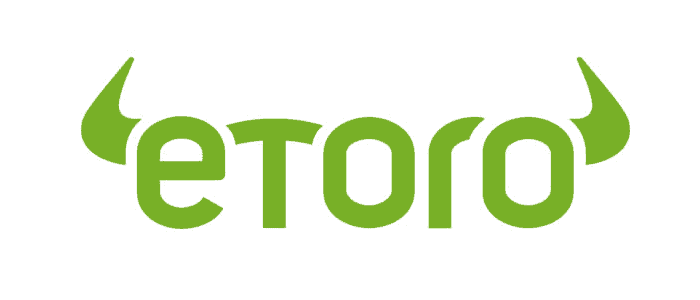 Etoro
Etoro
|
Cyprus | 34 Currencies including MATIC | 0,10% > 1% | More info |
| 2 |
 Crypto.com
Crypto.com
|
Hong Kong | 287 Currencies including MATIC | 0.04% - 0.4% | More info |
| 3 |
 Coinbase
Coinbase
|
US | 241 Currencies including MATIC | 1,49% > 3,99% | More info |
| 4 |
 Binance
Binance
|
Cayman Islands | 366 Currencies including MATIC | 0,10% | More info |


